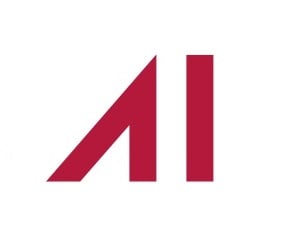In the recent article by Phil Pennington at RNZ: “Should a vehicle’s safety rating take into account how heavy it is?”, he alludes to a crucial and unavoidable truth on our road network. So called ‘safe’ vehicles are taking lives!
So why is this? Well, the simple answer is that safety rating is an outdated and frankly dangerous approach. While they consider driver and passenger safety of the given vehicle, they don’t always make the same attempt to consider the risk to other road users. For example, while the ANCAP safety rating does consider pedestrian protection, the safety of other road users is not considered as one of the top four key areas of assessment.
Worse still, the article discusses that the trend over time is that lighter vehicles are being assessed as less and less safe as heavier vehicles become more popular, reflecting risk if they collide with a heavier vehicle fleet. This is a dangerous cycle where consumers purchase heavier vehicles because they are safer and then they appear safer because more people purchase them. Meanwhile, the overall risk on the network to all other road users increases.
The current modern approach to road safety follows the safe system methodology by considering all road users. This also means designing a system that does not result in death and serious injury if a crash occurs. Thus, the current safety rating methodology is out of alignment with modern best practice.
So how can safety star ratings become safe system aligned?
It is too simple an approach to simply say that heavier vehicles are unsafe – as this doesn’t consider the likely non-linear relationship between weight and risk. Instead, it is recommended that the safety rating criteria should be rescoped to include other road users and crash testing should account for the survivability of anyone involved in a crash – including occupants of the other vehicle.

.png?width=556&height=152&name=Abley_MasterLogo-Website%20(1).png)


